While millions flock to Hawaii, the Maldives, and Caribbean hotspots, some of the world’s most spectacular islands remain virtually untouched by mass tourism. These hidden gems offer pristine beaches, unique wildlife, and authentic local cultures, all without the crowds and commercialization that often plague popular destinations.
From remote Arctic outposts to tropical paradises tucked away in less-travelled regions of the ocean, these islands provide experiences that feel like stepping into an undiscovered world. Here is a list of 20 secret islands that most travelers never even know exist, each offering something truly special for those willing to venture off the beaten path.
Socotra Island, Yemen

Socotra feels like stepping onto an alien planet rather than visiting Earth. About one-third of its plant species exist nowhere else on the planet, including the bizarre dragon’s blood trees that look like giant umbrellas sprouting from rocky terrain.
The island sits about 230 miles off Yemen’s coast, making it incredibly isolated and difficult to reach during political instability.
Faroe Islands, Denmark
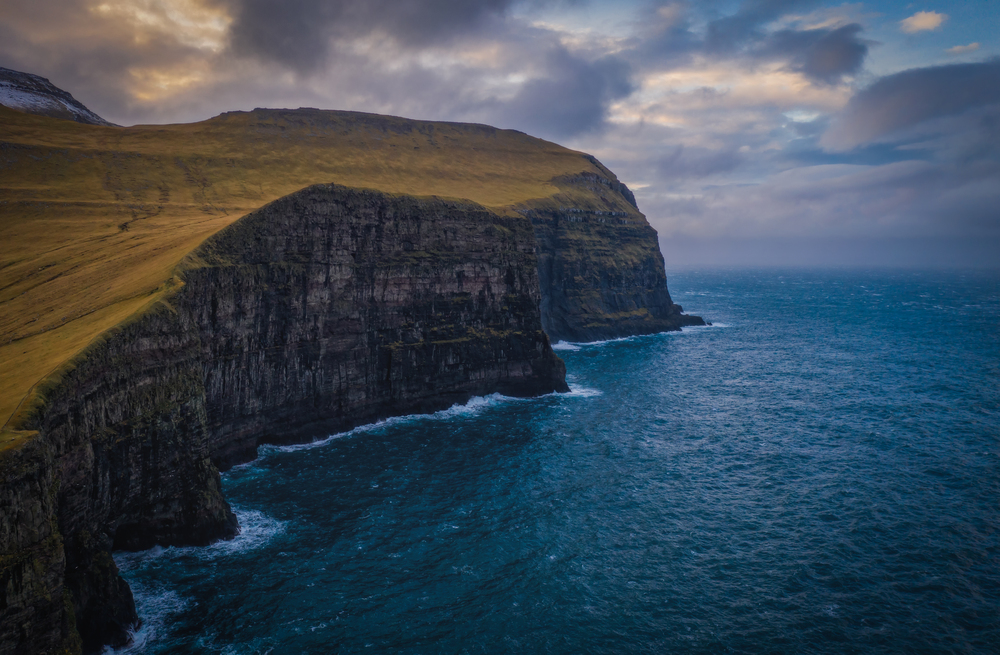
These 18 rugged islands between Iceland and Norway offer some of Europe’s most dramatic landscapes without the tourist hordes. Grass-roof houses dot villages with populations smaller than most high schools, while massive cliffs drop straight into the North Atlantic.
The weather changes faster than a teenager’s mood, but that unpredictability adds to the raw beauty.
Like Travel Pug’s content? Follow us on MSN.
Solovetsky Islands, Russia
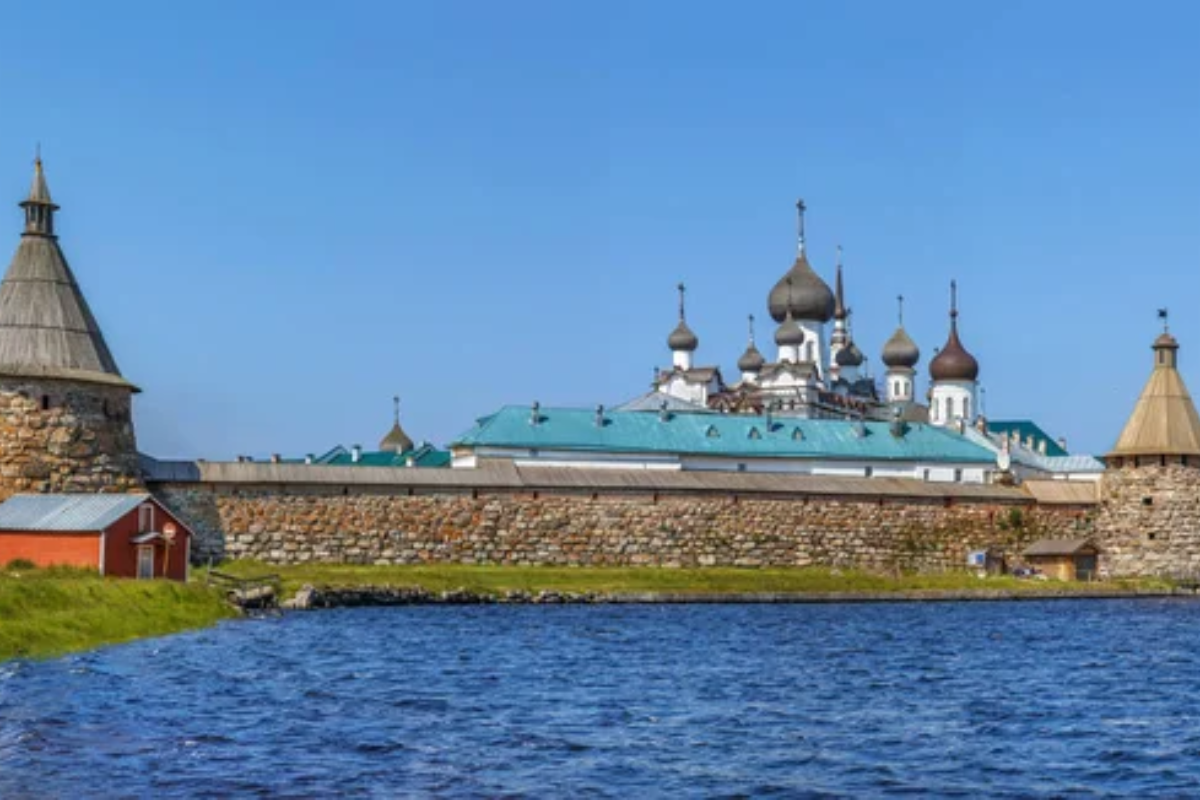
Located in Russia’s White Sea, these islands served as both medieval monastery grounds and Soviet prison camps. The contrast between spiritual serenity and dark history creates an atmosphere unlike anywhere else.
Most visitors arrive by boat during the brief summer months when temperatures actually climb above freezing.
Lord Howe Island, Australia

This UNESCO World Heritage site limits visitors to just 400 at any time, keeping it refreshingly uncrowded. The island sits about 370 miles northeast of Sydney and boasts the world’s southernmost coral reef.
Two towering volcanic peaks dominate the landscape like natural skyscrapers rising from turquoise waters.
Azores, Portugal
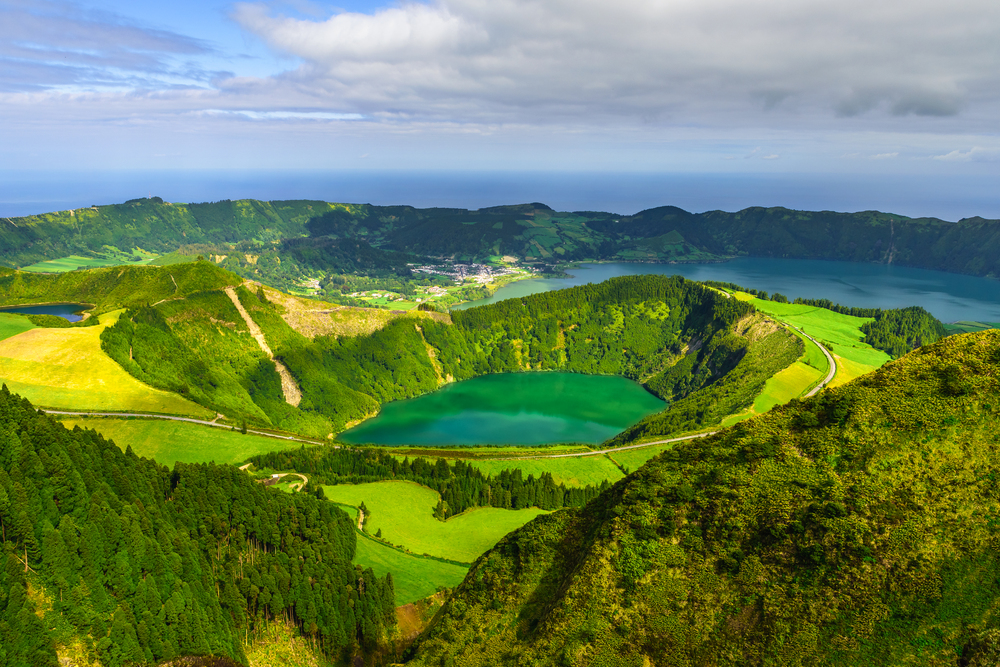
Nine volcanic islands scattered across the Atlantic offer hot springs, crater lakes, and some of the best whale watching on Earth. The Portuguese archipelago is situated roughly 1,000 miles west of mainland Europe, resulting in a unique blend of European culture and isolated island life.
Each island has its personality, from the colorful lakes of Sete Cidades to the UNESCO-listed vineyards of Pico.
Like Travel Pug’s content? Follow us on MSN.
Kangaroo Island, Australia

Despite its name, this South Australian island offers much more than just hopping marsupials. Native echidnas waddle through pristine bushland while New Zealand fur seals lounge on secluded beaches.
The island sits just 70 miles southwest of Adelaide, yet it feels completely removed from city life.
Lofoten Islands, Norway
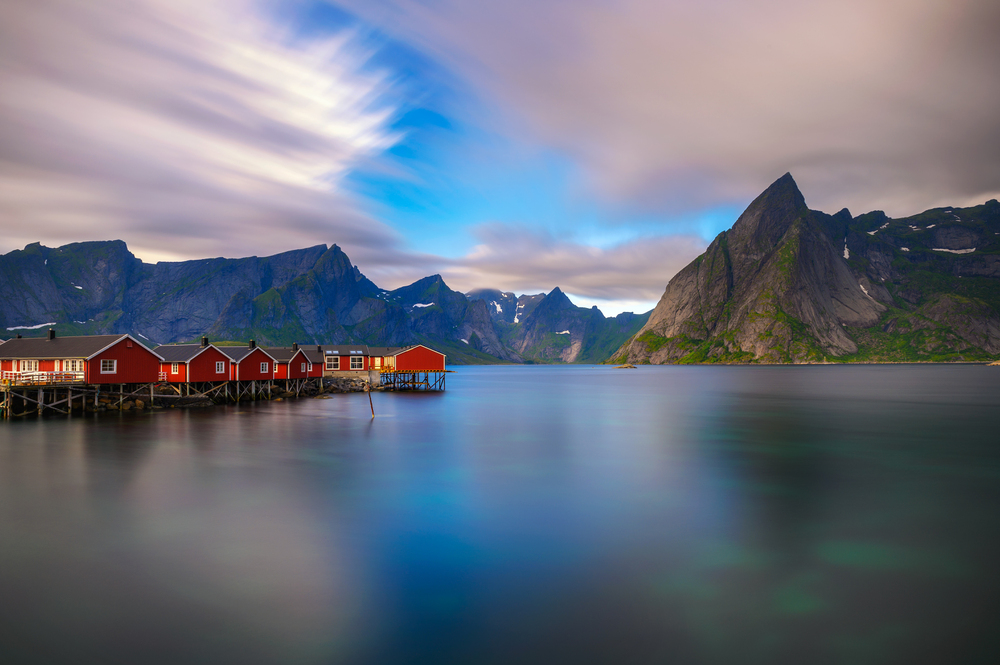
These Arctic islands rise from the sea like a jagged mountain range, creating some of the most photogenic fishing villages in the world. Red wooden cabins called rorbuer perch on stilts over crystal-clear waters, originally built to house fishermen during cod season.
Winter brings the northern lights, while summer offers midnight sun and hiking trails that feel like walking through a fairy tale.
Hvar Island, Croatia
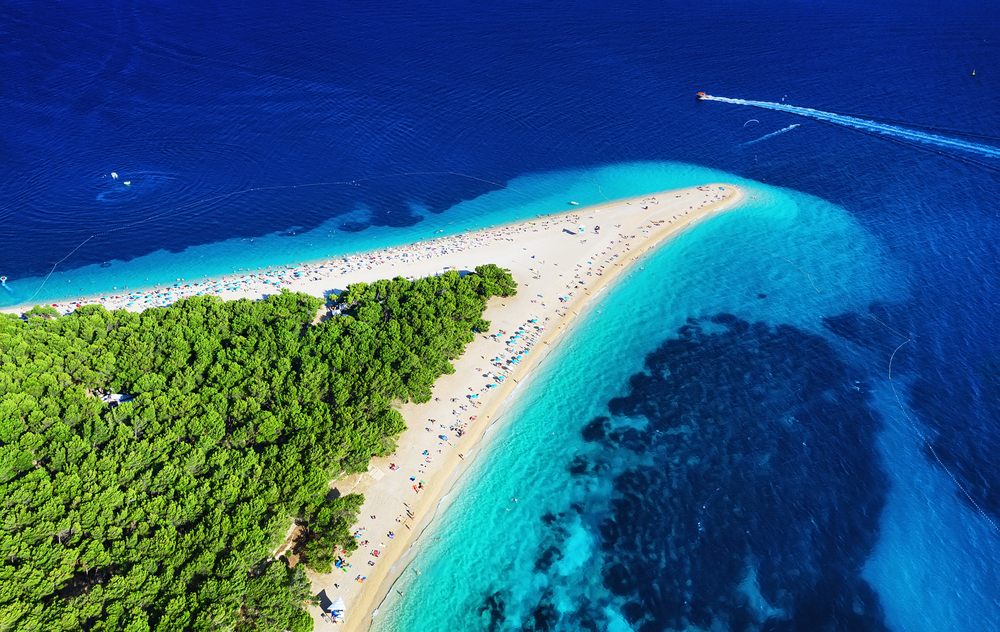
While not entirely unknown, Hvar remains refreshingly authentic compared to other Mediterranean hotspots. Lavender fields stretch across rolling hills, and ancient stone villages cling to hillsides like they’ve grown from the rock itself.
The island produces some of Croatia’s finest wines, and local restaurants serve grilled fish caught the same morning.
Like Travel Pug’s content? Follow us on MSN.
Stewart Island, New Zealand

New Zealand’s third-largest island hosts more birds than people, with only about 400 permanent residents sharing space with rare kiwis and yellow-eyed penguins. The island sits at the bottom of New Zealand’s South Island, connected by regular flights and ferries but feeling worlds away from civilization.
Most of the island remains pristine native forest, perfect for hikers seeking true wilderness.
São Tomé and Príncipe
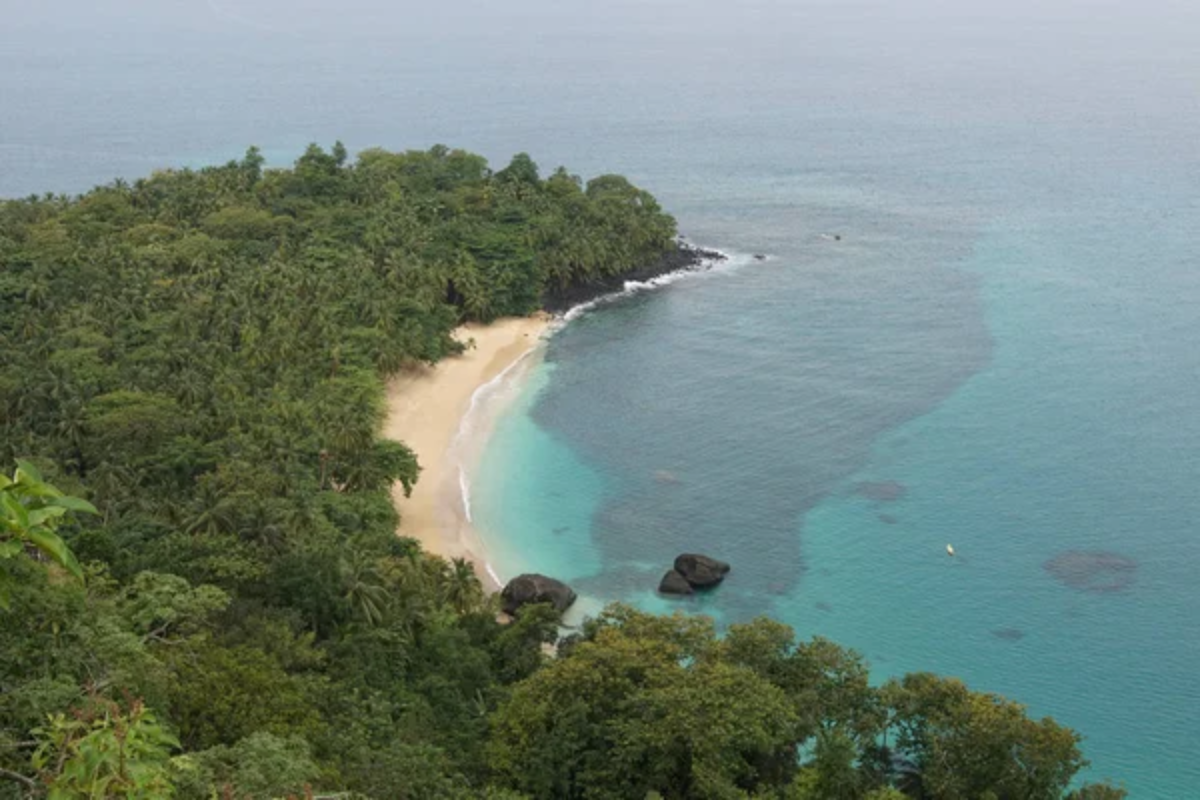
This tiny African nation consists of two main islands in the Gulf of Guinea, offering pristine rainforests and empty beaches without resort development. Cacao plantations cover volcanic slopes, and Portuguese colonial architecture adds charm to small towns.
The islands sit about 180 miles off Gabon’s coast, making them one of Africa’s least visited countries.
Jeju Island, South Korea
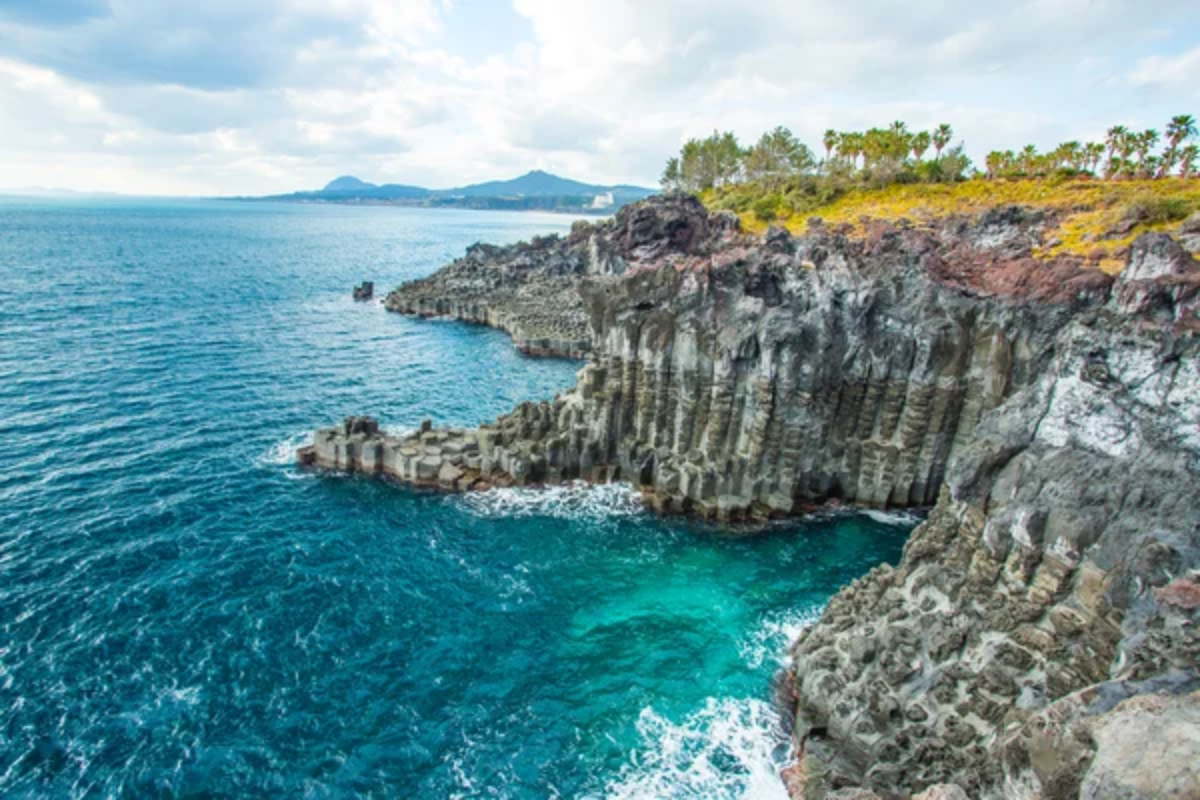
While popular with domestic tourists, Jeju remains largely unknown to international travelers despite its unique volcanic landscape and distinct culture. Women divers called haenyeo still practice traditional free-diving techniques passed down through generations.
The island’s temperate climate and diverse ecosystems earned it UNESCO World Heritage status.
Like Travel Pug’s content? Follow us on MSN.
Vanuatu
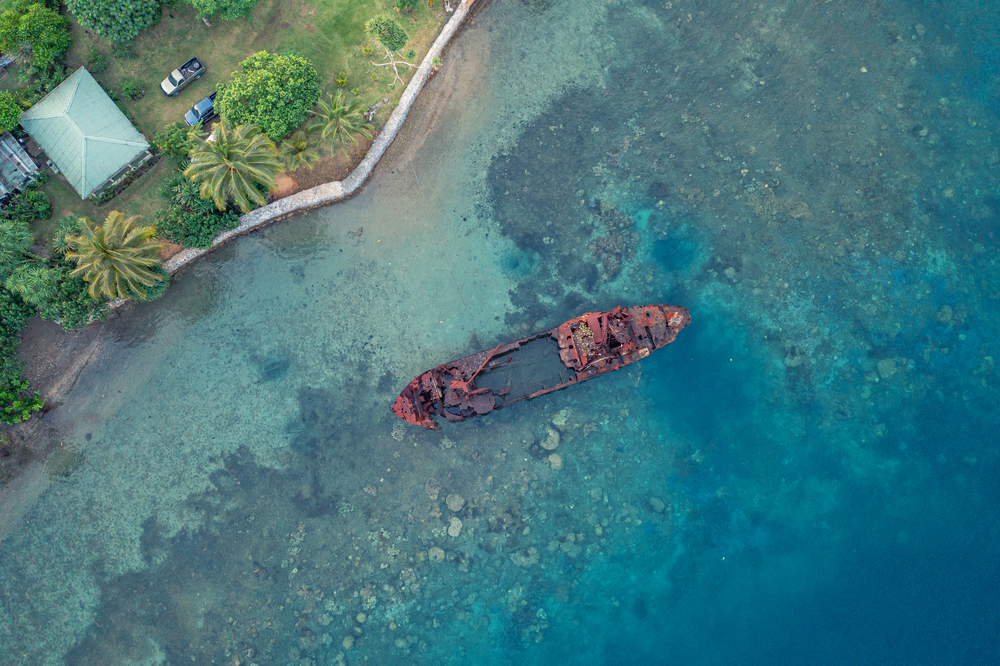
This Pacific archipelago of 83 islands offers active volcanoes, pristine coral reefs, and some of the world’s most diverse cultures packed into a relatively small area. Each island maintains distinct traditions and languages, with some villages still practicing ancient customs.
The main islands are easily accessible by air, but the outer islands require boat travel and local connections.
Sark, Channel Islands
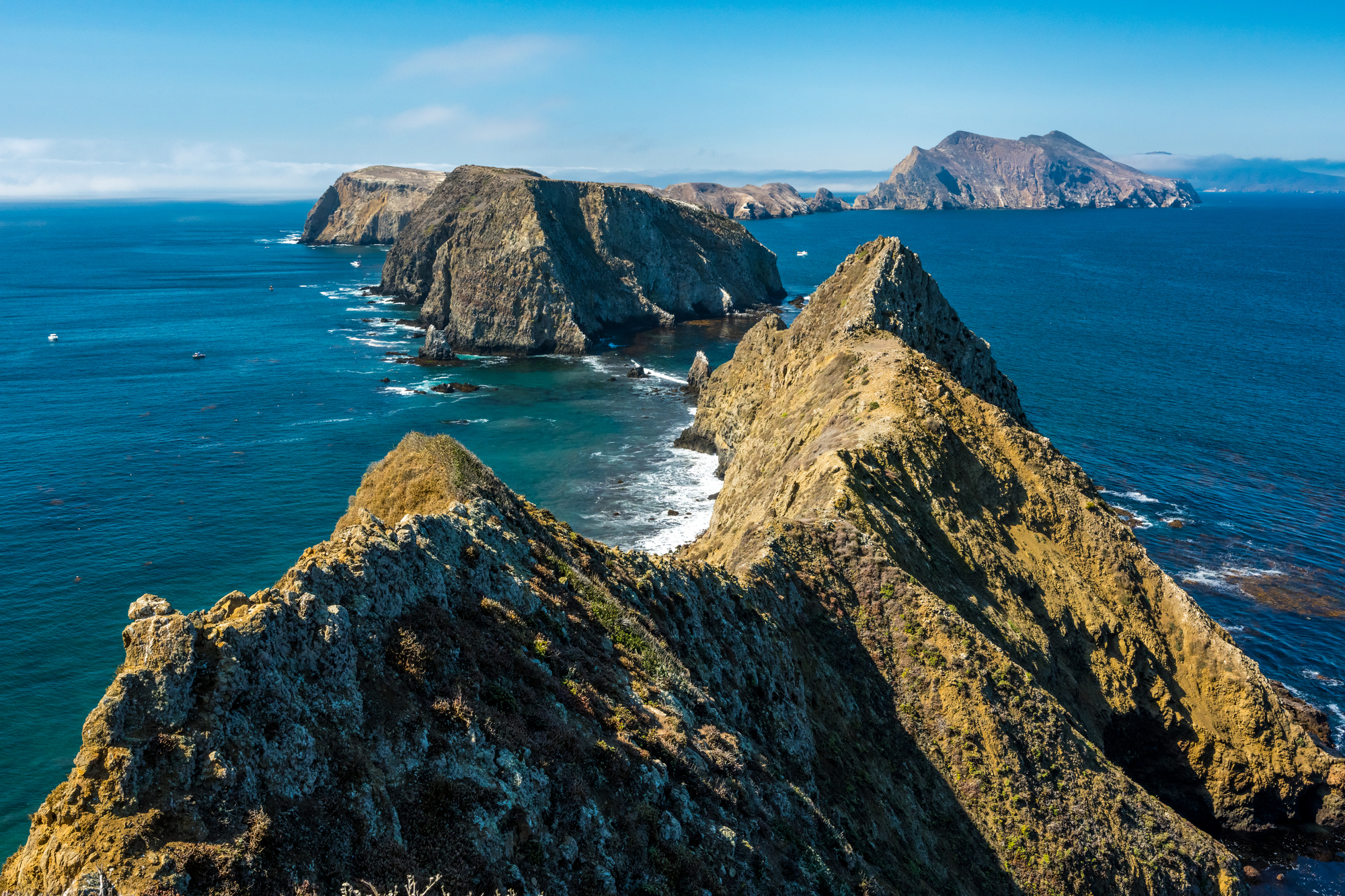
One of the last feudal states in Europe, this car-free island between England and France operates like a medieval time capsule. Horse-drawn carriages and bicycles provide the only transportation, while oil lamps light many buildings after dark.
The island measures just 2 miles long and 1 mile wide, making it perfect for a peaceful walking retreat.
Palawan, Philippines
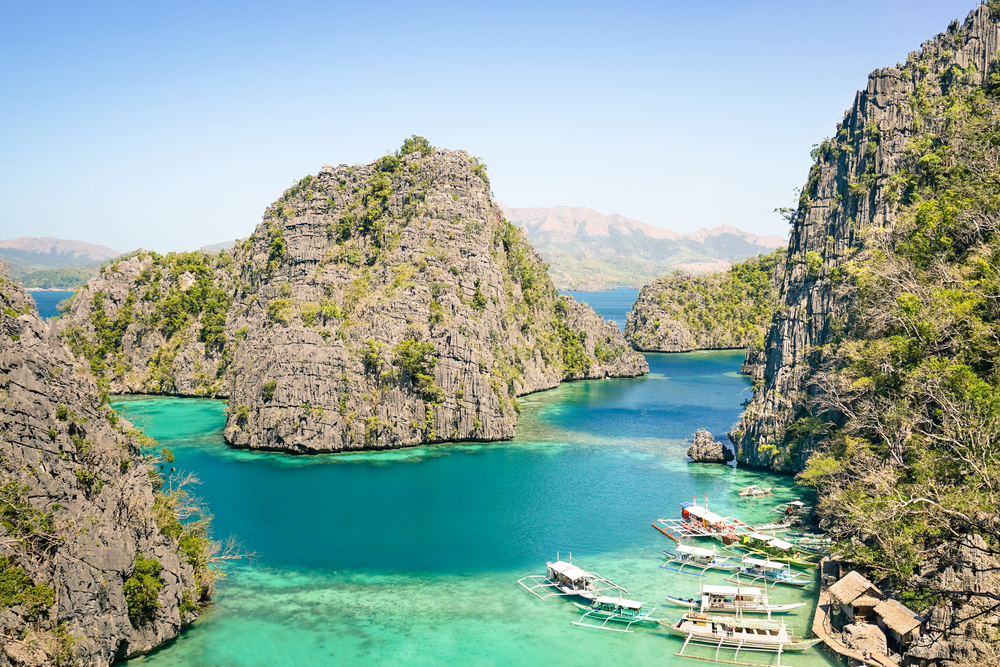
Often called the Philippines’ last frontier, Palawan stretches nearly 270 miles between the South China Sea and the Sulu Sea. Underground rivers wind through limestone caves, while pristine lagoons hide between towering karst formations.
The island requires more effort to reach than other Philippine destinations, keeping visitor numbers manageable.
Like Travel Pug’s content? Follow us on MSN.
Easter Island, Chile

This remote Polynesian island sits 2,300 miles from the nearest populated land, making it one of the most isolated inhabited places on Earth. Nearly 1,000 stone statues called moai dot the landscape, creating a mysterious atmosphere that archaeologists still debate.
The island’s small size means you can explore ancient sites without crowds, especially during shoulder seasons.
Reunion Island, France
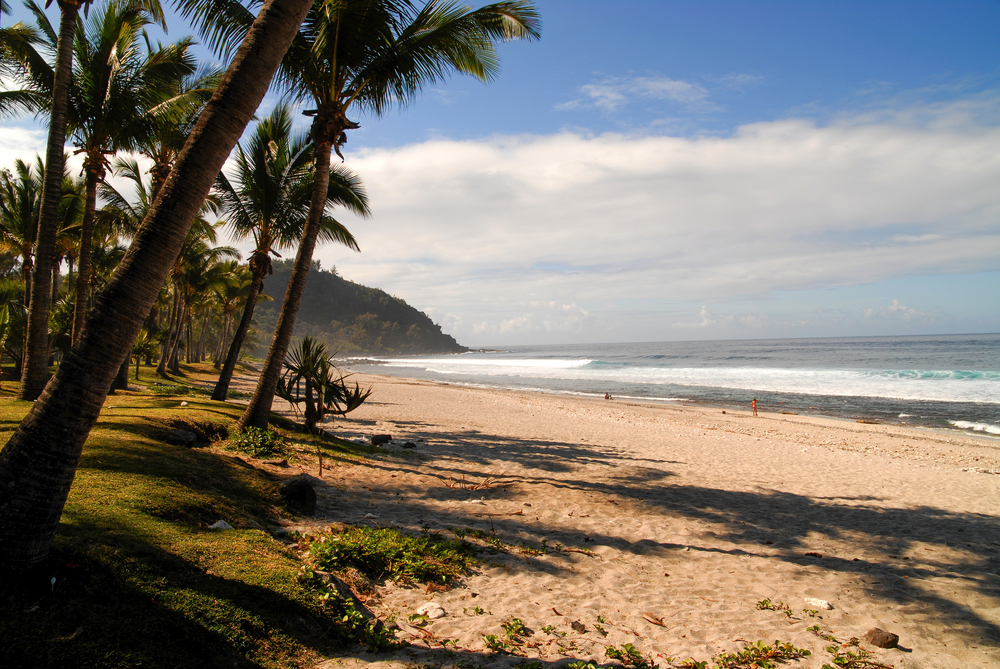
This French overseas territory in the Indian Ocean combines European sophistication with tropical paradise vibes. Active volcanoes share space with coral reefs, while Creole culture blends French, African, and Indian influences.
The island sits about 420 miles east of Mauritius, offering similar natural beauty with fewer tourists and lower prices.
Madeira, Portugal
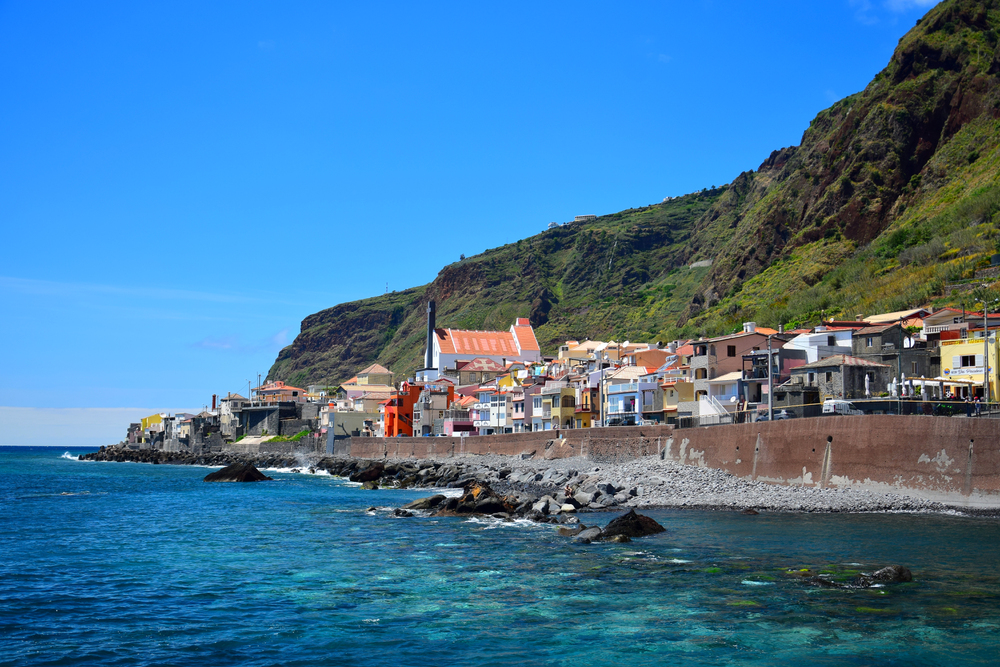
This autonomous Portuguese region is situated approximately 350 miles off Morocco’s coast, resulting in a subtropical climate that is ideal for year-round visits. Levada irrigation channels double as hiking trails through ancient laurel forests and terraced vineyards.
The island’s volcanic origins created diverse microclimates, from desert-like areas to cloud forests within a few miles.
Like Travel Pug’s content? Follow us on MSN.
Tasmania, Australia
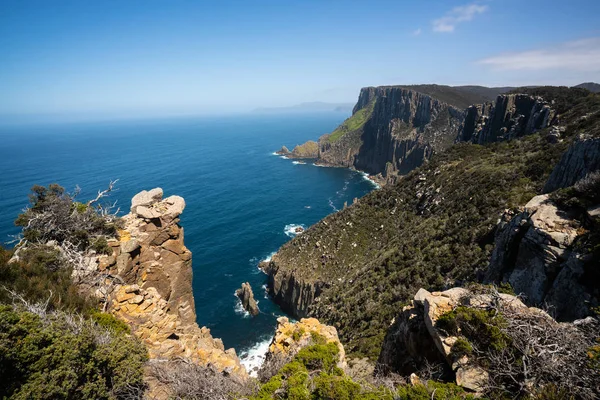
Australia’s island state offers wilderness experiences impossible to find on the mainland, with nearly half the land protected in national parks. The Museum of Old and New Art in Hobart provides world-class culture, while hiking trails lead through temperate rainforests to pristine beaches.
Tasmanian devils have become increasingly rare due to a contagious facial tumor disease, but wildlife sanctuaries offer chances to see these unique marsupials.
Flores, Portugal
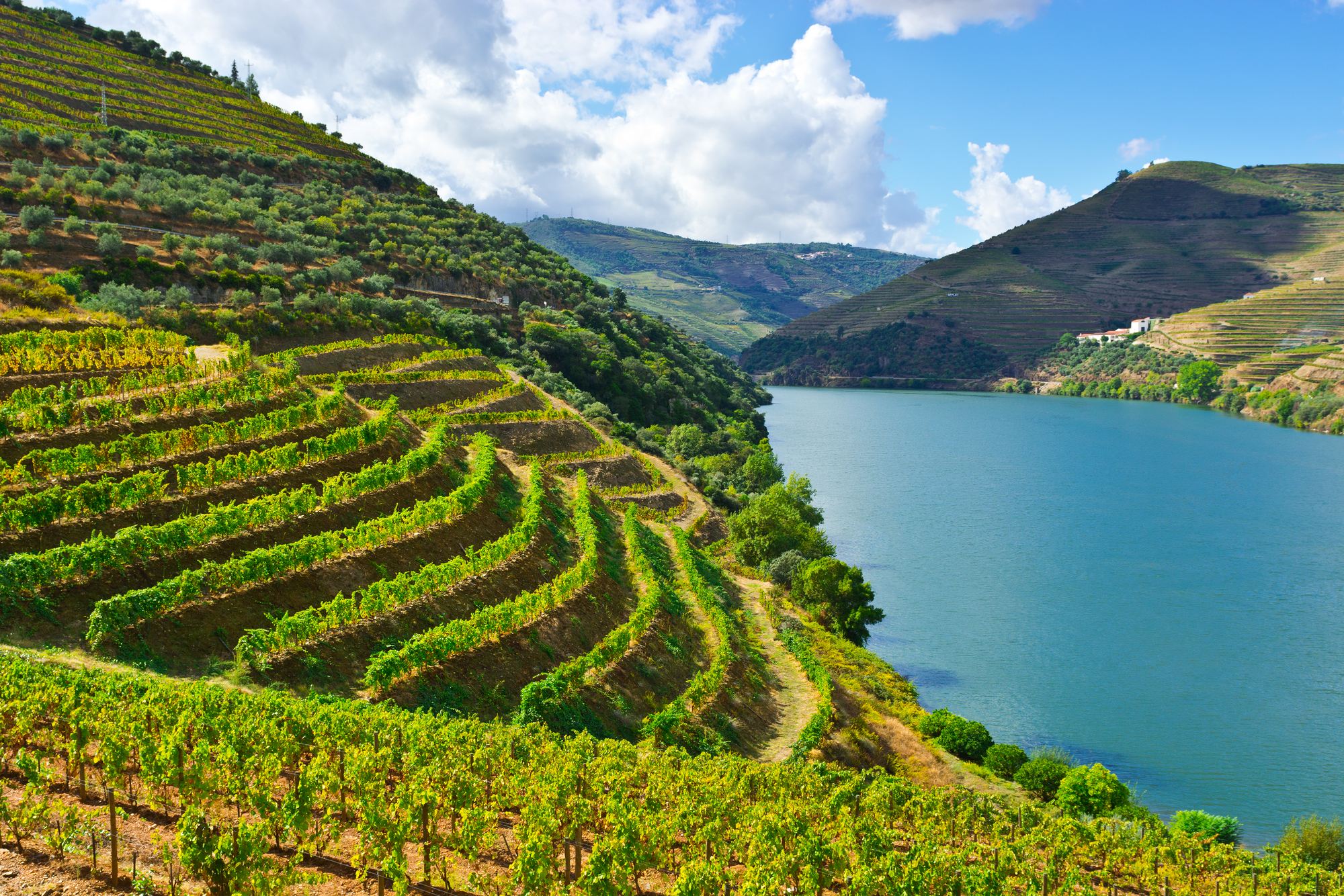
The westernmost island in the Azores archipelago feels like the edge of the world, with dramatic crater lakes and fewer than 4,000 residents. Two massive lakes occupy ancient volcanic calderas, creating mirror-like surfaces that reflect surrounding cliffs.
The island’s isolation means traditional Portuguese culture remains largely unchanged.
Chiloé Island, Chile
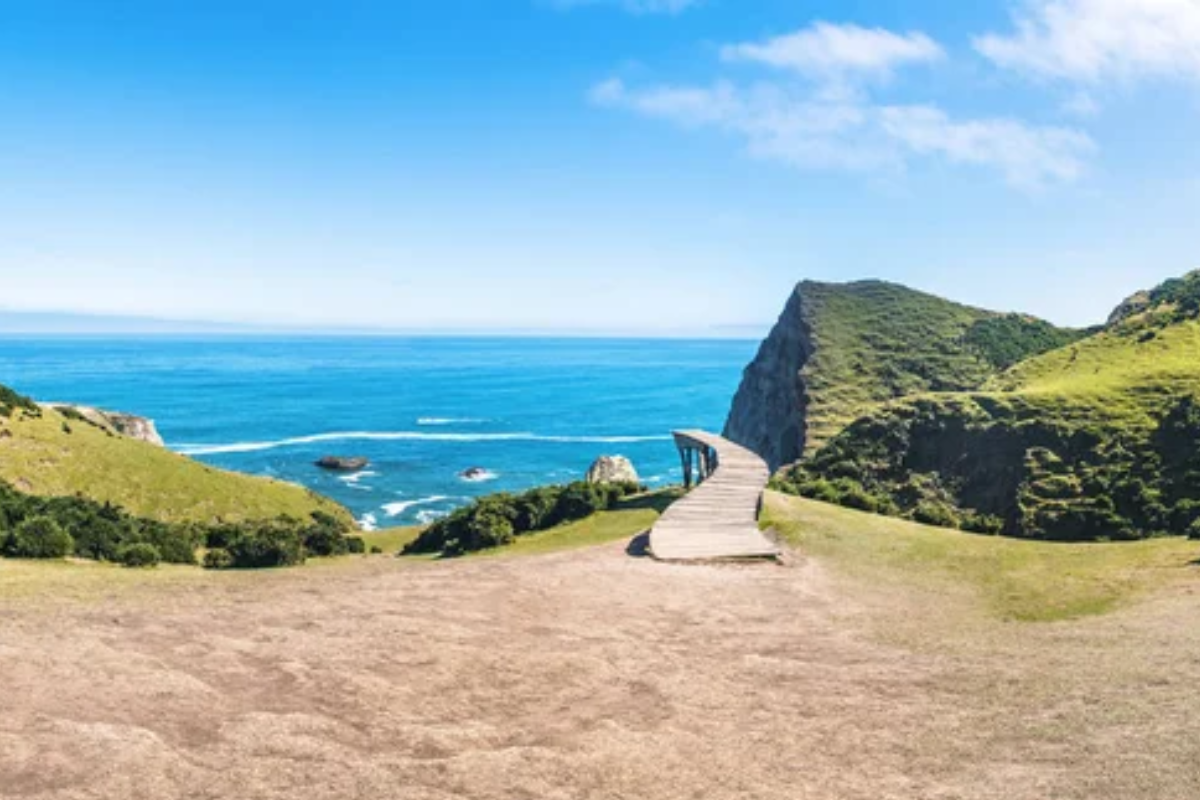
This large island off Chile’s coast maintains distinct architecture, mythology, and culinary traditions shaped by isolation and maritime culture. Wooden churches built by Jesuit missionaries dot the landscape, while palafitos (stilt houses) line coastal areas.
Local mythology includes stories of ghost ships and sea witches that reflect the island’s mysterious atmosphere.
Like Travel Pug’s content? Follow us on MSN.
When Isolation Becomes Discovery

These hidden islands prove that the world still holds secrets for travelers willing to venture beyond guidebook recommendations. Each destination offers something that mainstream tourism hasn’t yet commodified, whether it’s untouched nature, authentic culture, or simply the rare pleasure of having paradise mostly to yourself.
While accessibility varies dramatically, from short flights to multi-day boat journeys, the effort required often correlates directly with the reward of genuine discovery. In an age when social media makes every location feel familiar before you arrive, these islands offer the increasingly rare gift of true surprise.
MMore from Travel Pug

- 20 Best Beach Towns in the Carolinas
- 13 Destinations Where Tourists Regularly Regret Their Trip
- 20 Destinations That Are More Magical Without an Itinerary
- 20 Underrated Adventures That Belong on Your Travel List
- 20 Cities Where You Should Just Wing It, No Planning Required
Like Travel Pug’s content? Follow us on MSN.N.
